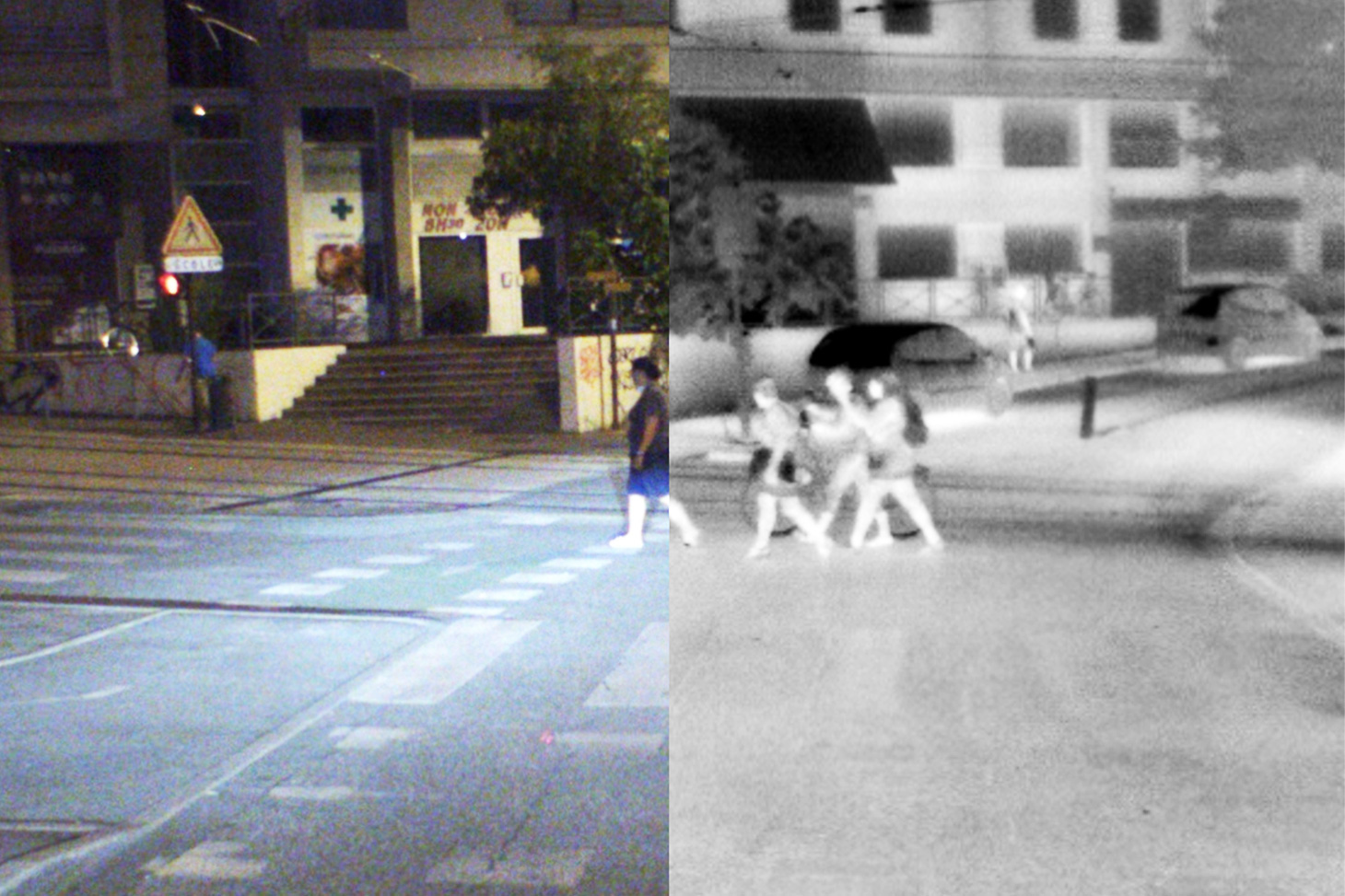Deep Red, a Chair supporting infrared sensors
Business, Research
On February 23, 2022

Fondation Grenoble INP launches Deep Red, a new Chair for industrial excellence, in partnership with LYNRED, a French specialist and global leader in infrared sensors. Jocelyn Chanussot, researcher at GIPSA-lab* and professor at Grenoble INP–UGA, holds this Chair.
From observing the environment and the climate to detecting fires and gas leakages and ensuring civil security, the list of potential applications for infrared sensors is long. Unfortunately, extracting clear and usable information from raw infrared images is no easy task due to the high level of interference noise. To facilitate the use of data from these sensors, LYNRED, the global leader in infrared sensors, has set its hopes on the potential of artificial intelligence (AI).
With this goal in mind, the company contacted Fondation Grenoble INP to pursue AI’s potential for resolving their problems by creating a dedicated Chair. Jocelyn Chanussot, researcher at GIPSA-lab, was then designated as the holder of this new Chair, named Deep Red. The researcher is specialised in hyperspectral imaging, which, unlike conventional optical imaging techniques, produces an entire series of the same scene using hundreds of different wavelengths. In order to obtain usable information from these images, he develops artificial intelligence tools based on deep learning techniques, which can also be applied to the frequency of infrared radiation targeted by LYNRED.
One of the chair’s key focuses will be to improve the visual quality of the images by removing interference noise by implementing relevant processing methods. Another focus will be to take advantage of complementary observations, such as optical images, which do not provide the same information. The idea is to combine the two types of views in order to create a comprehensive image to gain a better understanding of the scene.
Artificial intelligence, and specifically deep learning, is the researchers’ secret weapon for extracting relevant information from this large amount of data. “Deep learning methods allow us to capitalise on the experience gained,” Jocelyn Chanussot explains. “They are particularly helpful when we are working large amounts of data. In this case, the algorithms learn to process an image using examples. On the other hand, there are model-based methods, including models of the sensors, which help identify the origin of the noise we need to remove.”
One of the chair’s challenges will be to merge the data-based and model-based methods in order to create more effective, robust, and faster processing methods that are more energy-efficient. To accomplish this, the researchers will benefit from knowledge and data provided by LYNRED, and will be able to rely on another Chair, also held by Jocelyn Chanussot, at Institut MIAI (Multidisciplinary Institute in Artificial Intelligence).
With this goal in mind, the company contacted Fondation Grenoble INP to pursue AI’s potential for resolving their problems by creating a dedicated Chair. Jocelyn Chanussot, researcher at GIPSA-lab, was then designated as the holder of this new Chair, named Deep Red. The researcher is specialised in hyperspectral imaging, which, unlike conventional optical imaging techniques, produces an entire series of the same scene using hundreds of different wavelengths. In order to obtain usable information from these images, he develops artificial intelligence tools based on deep learning techniques, which can also be applied to the frequency of infrared radiation targeted by LYNRED.
One of the chair’s key focuses will be to improve the visual quality of the images by removing interference noise by implementing relevant processing methods. Another focus will be to take advantage of complementary observations, such as optical images, which do not provide the same information. The idea is to combine the two types of views in order to create a comprehensive image to gain a better understanding of the scene.
Where does AI come in?
Artificial intelligence, and specifically deep learning, is the researchers’ secret weapon for extracting relevant information from this large amount of data. “Deep learning methods allow us to capitalise on the experience gained,” Jocelyn Chanussot explains. “They are particularly helpful when we are working large amounts of data. In this case, the algorithms learn to process an image using examples. On the other hand, there are model-based methods, including models of the sensors, which help identify the origin of the noise we need to remove.”
One of the chair’s challenges will be to merge the data-based and model-based methods in order to create more effective, robust, and faster processing methods that are more energy-efficient. To accomplish this, the researchers will benefit from knowledge and data provided by LYNRED, and will be able to rely on another Chair, also held by Jocelyn Chanussot, at Institut MIAI (Multidisciplinary Institute in Artificial Intelligence).
Published on February 23, 2022
Updated on February 23, 2022
Updated on February 23, 2022

